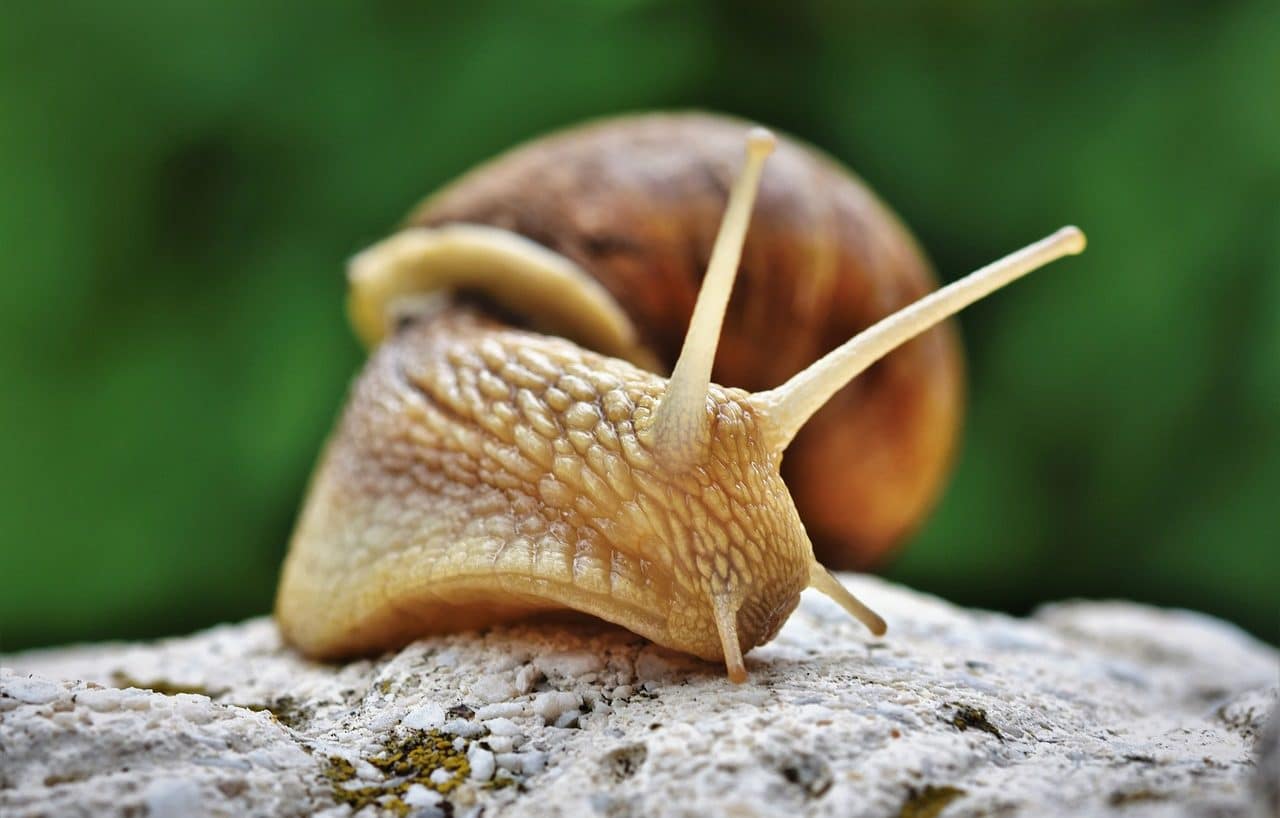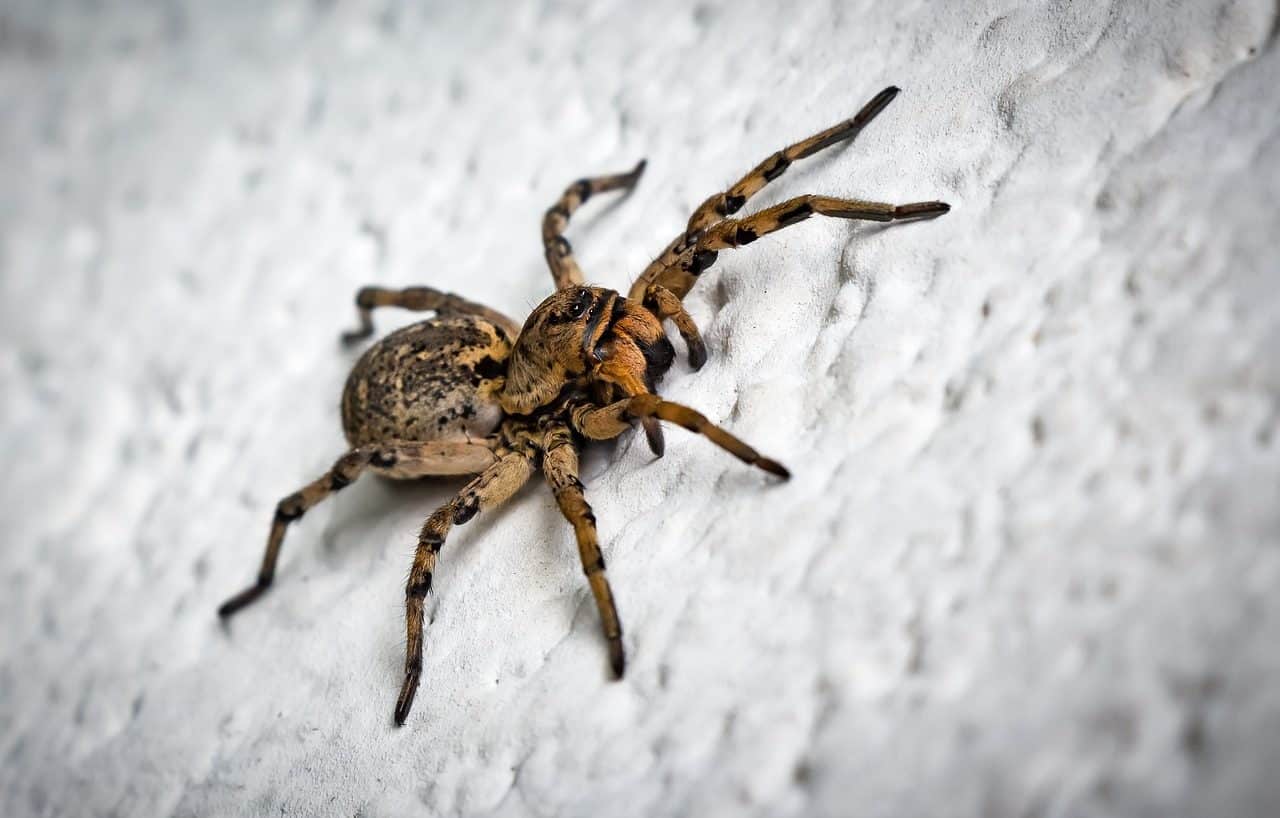
Invertebrate animals lack vertebrae.
Invertebrate animals are those species of the kingdom Animalia that do not have bones known as vertebrae . The set of invertebrate animals can also be defined by opposition and includes beings that are not found within the group of vertebrate animals (which, obviously, do have vertebrae).
It is important to mention that living beings that, due to their characteristics, are included within the kingdom Animalia , are called animals . These creatures can move by their own means, they need the oxygen they absorb when breathing to survive and they reproduce sexually.
Invertebrate, for its part, is the adjective that identifies beings that do not have vertebrae and, therefore, a backbone . The vertebrae are a type of bones that have articulation between them and that make up the aforementioned column.
Jean-Baptiste Lamarck , a biologist from France who was born in 1744 and died in 1829 , is noted as the pioneer in detecting and grouping animals without vertebrae within the group of invertebrates .
Characteristics of invertebrate animals
Invertebrate animals can exhibit very diverse characteristics. In fact, some live underwater , others on the surface, and many even have the ability to fly.
Spiders, octopuses, worms, mosquitoes, shrimp, sponges , worms, leeches and squid are some of the thousands of invertebrate animals that can be found on Earth .
Since it does not have a backbone, no invertebrate animal has a central nervous system . These animals, however, have other types of nervous systems that allow them to interact with the environment and respond to stimuli.

Spiders are invertebrate animals.
Different species
Calculations suggest that around 97 percent of living organisms on our planet are invertebrate animals . Although a large number of them are very small, the functions they perform are of great importance. It is enough to talk about spiders, which by feeding on insects keep their populations in balance, or the pollination carried out by bees, essential for food chains.
Other highly interesting invertebrate animals are mollusks, which comprise more than sixty-five thousand species. Its body is soft and is almost always protected by a rigid structure called a shell . Snails and slugs are a clear example of gastropod mollusks, because their movement takes place on their stomach, also making use of a slime they generate to reduce friction.
These mollusks depend on humidity for their survival, and for this reason most of their activity is carried out at night, in the dark or in spaces to which the air does not reach directly. In opposite situations, where humidity is very low, it is normal for them to remain inactive.
On the other hand, there are cephalopods, a class of mollusks to which squid and octopuses belong. Using a siphon, these invertebrate animals absorb and release water in the form of a jet that propels them forward. If they find themselves in a dangerous situation, they are capable of releasing a large amount of "ink" to cloud the vision of their potential predators.
Starfish, sea cucumbers and sea urchins are invertebrate animals, although they are included in the group of echinoderms . Sea urchins have spines all over their body that they use to move along the sea floor. Stars can have up to five arms, which regenerate and can detect the light around them in apparently dark areas. Certain species of sea cucumbers are endangered.
